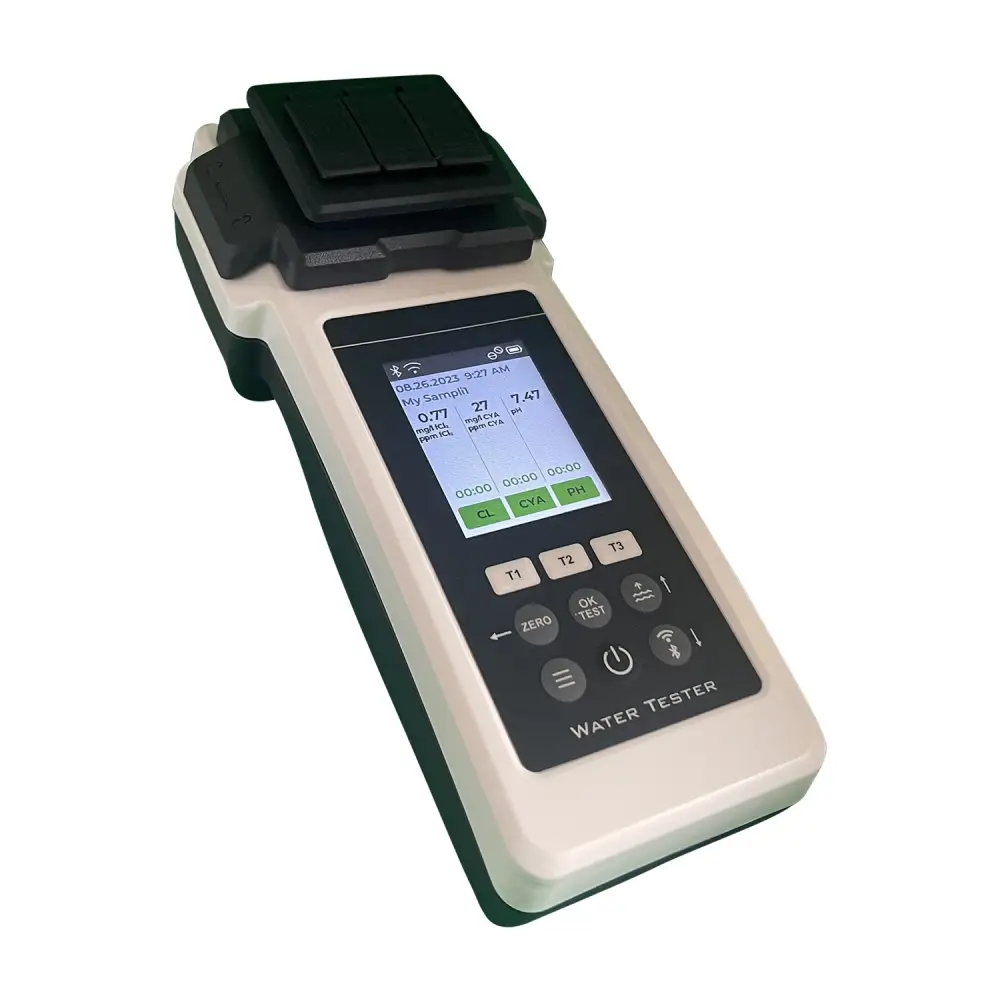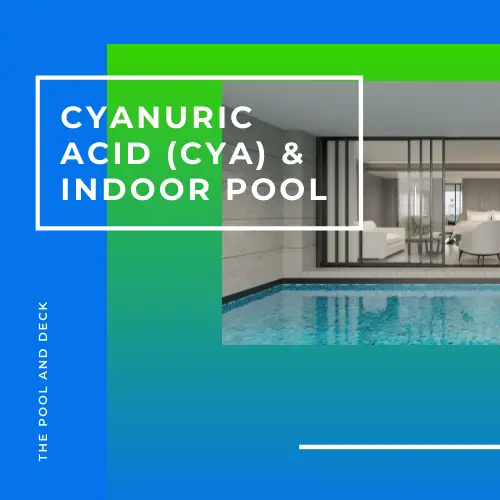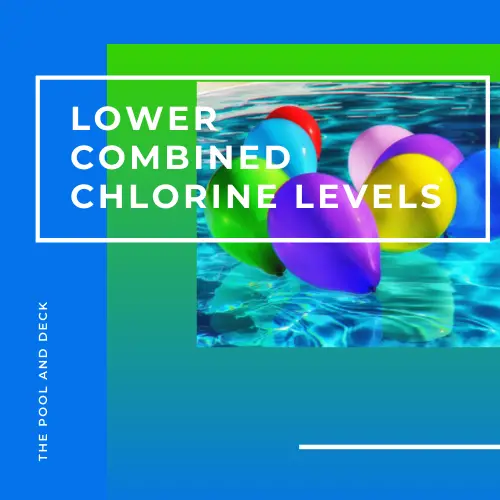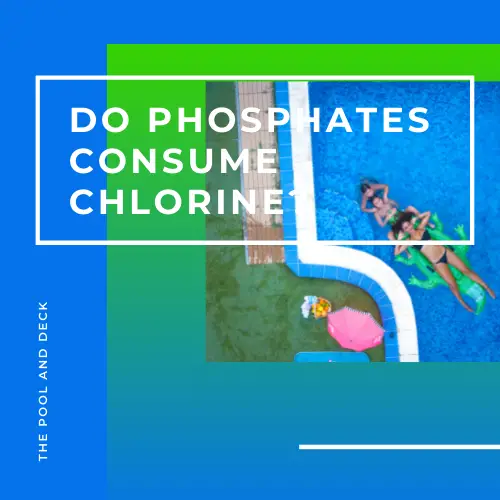How to Get Rid of Black Algae in Pool? (9 Step Effective Process)
thepoolanddeck.com is a participant in the Amazon Services LLC Associates Program, an affiliate advertising program designed to provide a means for sites to earn advertising fees by advertising and linking to Amazon.com . The website is also an affiliate of a few other brands. The affiliate links never increase your purchase price. We do appreciate your support. Thank you very much!
No, those dark spots on your pool surfaces aren’t just dirt—they’re black algae! How to get rid of black algae in pool is a common question, especially when dealing with this stubborn growth during the warm summer months.
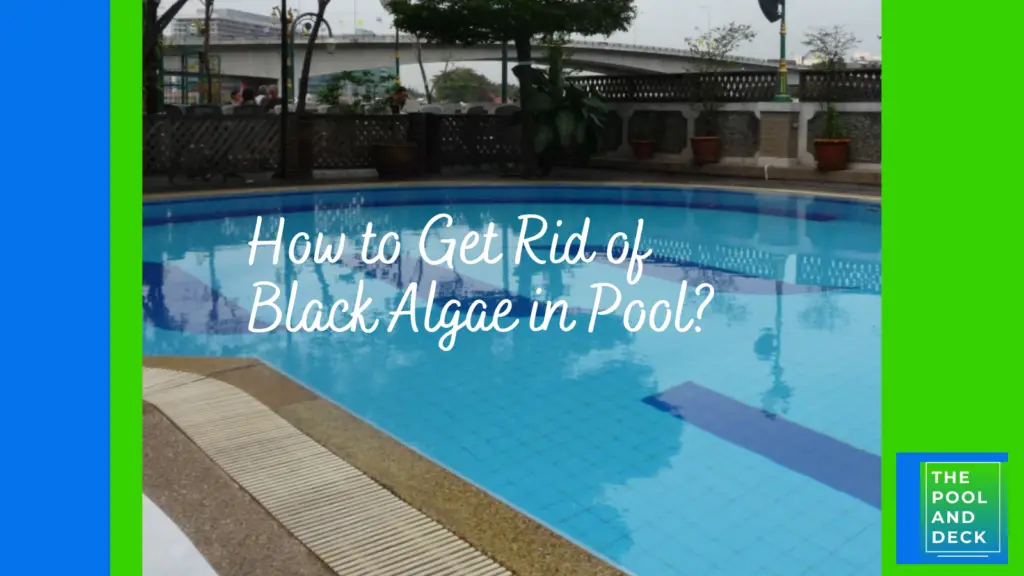
Despite regular maintenance and chemical treatments, black algae can persist, particularly in shaded areas of your pool where sunlight is limited.
With the right knowledge about how to get rid of black algae in pool, you can restore your pool to its crystal-clear state. However, before diving into the removal process, let me explain what black algae is and how it finds its way into your pool.
Table of Contents
What is Black Algae?
Black algae is a stubborn and unsightly type of algae that commonly infests swimming pools. Unlike other types of algae, black algae have roots that penetrate deep into pool surfaces, making them difficult to remove.
They appear as dark, slimy patches that can grow on pool walls, floors, and even in grout lines. Black algae thrive in warm, sunny conditions and are often introduced into pools through contaminated water sources or swimming gear.
Once established, black algae can quickly spread and become a persistent problem. They are highly resistant to normal chlorine levels and can withstand harsh pool conditions.
Their root-like structures make them challenging to eradicate, requiring targeted treatment and thorough scrubbing.
Where Does Black Algae Come From?
Black algae generally enters the pool through contaminated water sources, including untreated water from wells or ponds.
They can also hitch a ride on swimming gear or accessories, such as bathing suits or pool toys, introducing them into the pool environment.
Once introduced, black algae thrive in warm, sunny conditions, making them prevalent during the summer months. They can quickly establish themselves in pools with poor circulation or filtration systems.
Black algae are resilient and can withstand harsh pool conditions, including high chlorine levels and improper pH balance. This makes them particularly challenging to eradicate once they’ve taken hold in a pool.
Regular maintenance and diligent sanitation are key to preventing and combating black algae infestations in pools.
How to Test for Black Algae in Pool?
Black algae can often go unnoticed until they become established and visible in your pool. However, a simple test can help you detect their presence early on.
One method is to gently brush the suspected area with a pool brush. If the surface feels gritty and the black spots remain intact or multiply, it’s likely black algae.
Keep in mind that black algae tends to form in areas with poor water circulation and low sunlight exposure, such as corners, cracks, or seams.
Another method is to perform a chlorine test. Black algae is resistant to normal chlorine levels, so if the chlorine level drops significantly within 24 hours, it could indicate the presence of mustard algae.
If you are a new pool owner, you can get comprehensive information from my blog post, Pool Chemistry for Beginners: With 5 Super Helpful Cheat Sheets!
How to Get Rid of Black Algae in Pool?
Step 1: Check Filter and Run Pump
Ensure your pool filter is clean and in good working condition. Run the pump continuously to circulate the water and aid in algae removal.
Step 2: Test and Balance Pool Water Chemistry
Before tackling black algae, ensure your pool water chemistry is balanced. Test total alkalinity (TA) and pH levels, aiming for 80–120 ppm for TA and 7.2–7.4 for pH.
To make your pool water testing process accurate and simple I recommend using the Ultimate Pool Water Tester
Ultimate Pool Water Tester
Comprehensive 27-parameter water testing for pools and hot tubs, ensuring crystal clear, safe, and perfectly balanced water.
Also, check copper content; if above 0.6 ppm, use Pool Mate Metal Out Stain and Mineral Inhibitor to lower it.
Pool Mate Metal Out Stain and Mineral Inhibitor
Pool Mate Metal Out Stain and Mineral Inhibitor
- Prevents discoloration of pool water due to iron, calcium, manganese, copper and other metals and minerals
- Excellent general purpose sequestrant which helps protect plumbing and pool walls from rust, stain and scale
- Ideal for all pool openings and closings and throughout the season as needed
- Dosage: 1 quart per 10,000 gallons
Step 3: Brush the Pool
Vigorously brush all pool surfaces to break black algae’s protective layer. Use a stainless steel brush for gunite pools or a softer nylon brush for vinyl-lined ones. Thorough brushing exposes algae to treatment chemicals.
Step 4: Shock the Pool
Super-chlorinate your pool with a shock treatment to kill remaining algae and bacteria. I recommend using HTH 52037 Pool Care Shock Advanced as it is CYA Free.
Cyanuric Acid Free Shock (Cal Hypo)
HTH 52037 Pool Care Shock Advanced
A fast-dissolving, convenient 4-in-1 Cal Hypo formula that kills bacteria & algae, reduces chlorine odor & irritation, and quickly restores crystal clarity.
Step 5: Treat with Algaecide
Wait 24 hours after shocking the pool before treatment. Treat with 16 ounces In The Swim Black Algaecide per 10,000 gallons. Run the pool pump for circulation.
In The Swim Black Algaecide
- In The Swim’s Black Algaecide is a specially formulated solution that eradicates black algae from your swimming pool.
- It contains 11.8% copper sulfate pentahydrate, which breaks down black algae’s tough defenses that other solutions cannot.
- For the best results, it is recommended to thoroughly brush the surfaces of your pool, clean your filtration system, and super chlorinate your water prior to adding Black Algaecide.
- This solution has the ability to be a treatment or maintenance algaecide in your swimming pool.
Step 6: Brush and Vacuum Pool
Brush the pool once again to dislodge dead algae so that they settle at the pool bottom. Vacuum the pool to waste to remove settled algae debris.
Vacuuming to waste prevents debris from entering the filter and clogging it.
Step 7: Use Pool Mate Metal Out Stain and Mineral Inhibitor
After 24 hours, add Pool Mate Metal Out Stain and Mineral Inhibitor once again to remove metals from the water and control copper levels, reducing the risk of staining.
Step 8: Clean Pool Filter
Thoroughly clean the pool filter to remove any remaining black algae debris. Backwash sand or D.E. filters, or clean cartridge filters, ensuring all algae particles are eliminated.
Step 9: Retest and Balance Water Chemistry
Retest and balance pool water chemistry, ensuring pH, alkalinity, and chlorine levels are within ideal ranges.
How to Prevent Black Algae in Pool?
To prevent black algae from infesting your pool, follow these steps:
- Regular Maintenance: Brush and vacuum your pool regularly to remove debris and algae spores.
- Maintain Water Chemistry: Test and balance pH, alkalinity, and sanitizer levels consistently.
- Ensure Good Circulation: Run your pool pump and filter continuously to maintain proper circulation and prevent stagnant areas.
- Use Algaecides: Apply algaecides regularly, especially in areas prone to algae growth.
- Cover Your Pool: When not in use, cover your pool to minimize sunlight exposure and reduce the risk of algae growth.
Thank you very much for reading the post. I do hope you found it informative and helpful.

